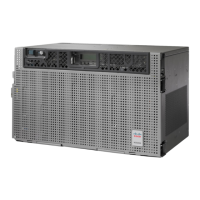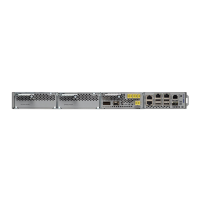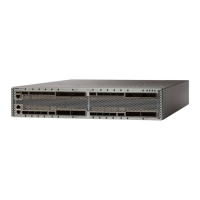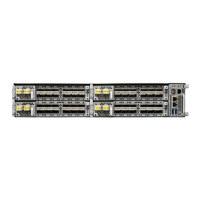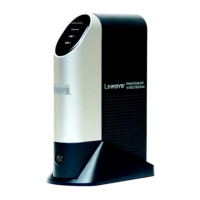Clear the OTUK-IAE Alarm
SUMMARY STEPS
1. At the near-end and far-end node, use site practices to clean transmitting fiber on near-end node's reporting
port and receiving fiber on correspondent far-end port. If no site practice exists, complete the procedure
in the Maintain the Node chapter of the Configuration guide.
2. If the OTUK-IAE alarm does not clear, look for other OTU-related alarm, such as the OTUK-LOF , on
page 343 alarm, at the far-end node and resolve it using the appropriate procedure in this guide.
3. If the OTUK-IAE alarm does not clear, use an OTN test set such as the Agilent OmniBerOTN tester to
to check near-end transmitting signal quality. For specific procedures to use the test set equipment, consult
the manufacturer.
DETAILED STEPS
Step 1 At the near-end and far-end node, use site practices to clean transmitting fiber on near-end node's reporting port and
receiving fiber on correspondent far-end port. If no site practice exists, complete the procedure in the Maintain the Node
chapter of the Configuration guide.
Step 2 If the OTUK-IAE alarm does not clear, look for other OTU-related alarm, such as the OTUK-LOF , on page 343 alarm,
at the far-end node and resolve it using the appropriate procedure in this guide.
Step 3 If the OTUK-IAE alarm does not clear, use an OTN test set such as the Agilent OmniBerOTN tester to to check near-end
transmitting signal quality. For specific procedures to use the test set equipment, consult the manufacturer.
If the condition does not clear, log into the Technical Support Website at http://www.cisco.com/c/en/us/support/index.html
for more information or call Cisco TAC (1 800 553-2447).
OTUK-LOF
Default Severity: Critical (CR), Service-Affecting (SA)
Logical Object: TRUNK
The Optical Transport Unit Loss of Frame (OTUK-LOF) alarm applies to TXP_MR_10G, TXP_MR_2.5G,
TXPP_MR_2.5G, TXP_MR_10E, TXP_MR_10E_C, TXP_MR_10E_L, MXP_2.5G_10G, MXP_2.5G_10E,
GE-XP, 10GE-XP, AR_MXP, AR_XP, AR_XPE, ADM-10G, OTU2_XP, 40G-MXP-C, 40E-MXP-C,
40ME-MXP-C, 40E-TXP-C, and 40-ME-TXP-C cards when ITU-T G.709 encapsulation is enabled for the
cards. The ITU-T G.709 encapsulation refers to a digital data wrapper that is transparent across networking
standards such as SONET, Ethernet or IP protocols. The alarm indicates that the card has lost frame delineation
on the input data. Loss of frame occurs when the optical transport unit overhead frame alignment (FAS) area
is errored for more than five frames and that the error persists more than three milliseconds.
In addition, the OTUK-LOF alarm is raised on the 40G-MXP-C, 40E-MXP-C, 40ME-MXP-C, 40E-TXP-C,
and 40-ME-TXP-C cards under one of the following conditions:
• FEC settings on trunk ports of the source and destination cards are different.
• Wavelength received on trunk port and the wavelength configured on trunk port is different.
Cisco NCS 2000 series Troubleshooting Guide, Release 11.0
343
Alarm Troubleshooting
Clear the OTUK-IAE Alarm
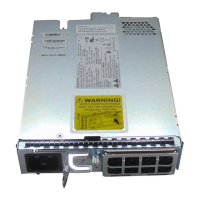
